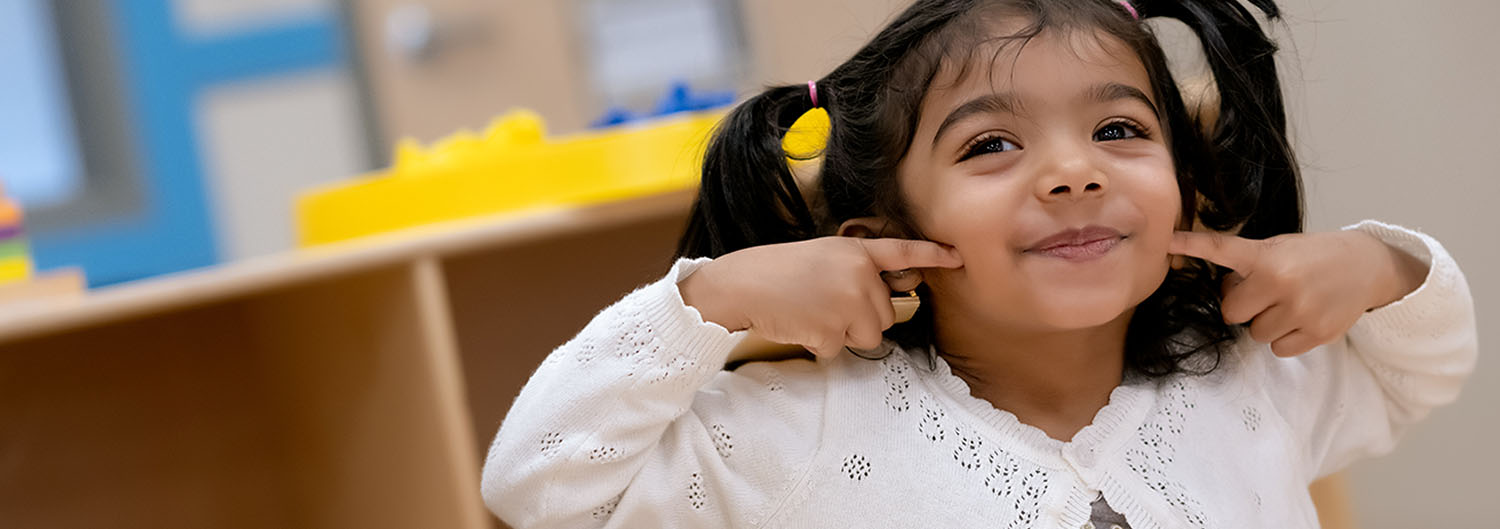- View All
- Topics
- Search
Topics
Blog Archive
- 2025 (3)
-
2024 (28)
- December (2)
- November (3)
- October (2)
- September (3)
- August (3)
- July (3)
- June (2)
- May (2)
- April (2)
- March (2)
- February (2)
- January (2)
-
2023 (15)
- December (2)
- November (2)
- October (2)
- September (1)
- August (1)
- July (1)
- June (1)
- May (1)
- April (1)
- March (1)
- February (1)
- January (1)
-
2022 (13)
- December (1)
- November (1)
- October (1)
- September (1)
- August (2)
- July (1)
- June (1)
- May (1)
- April (1)
- March (1)
- February (1)
- January (1)
-
2021 (16)
- December (1)
- November (1)
- October (1)
- September (2)
- August (1)
- July (1)
- June (1)
- May (2)
- April (1)
- March (2)
- February (2)
- January (1)
-
2020 (11)
- December (1)
- October (2)
- September (1)
- August (1)
- July (1)
- May (2)
- March (1)
- February (1)
- January (1)
-
2019 (12)
- December (1)
- November (1)
- October (1)
- September (1)
- August (1)
- July (1)
- May (2)
- April (1)
- March (1)
- February (1)
- January (1)
-
2018 (12)
- December (1)
- November (1)
- October (1)
- September (1)
- August (1)
- July (1)
- June (1)
- May (1)
- April (1)
- March (1)
- February (1)
- January (1)
-
2017 (12)
- December (1)
- November (1)
- October (1)
- September (1)
- August (1)
- July (1)
- June (1)
- May (1)
- April (1)
- March (1)
- February (1)
- January (1)
-
2016 (12)
- December (1)
- November (1)
- October (1)
- September (1)
- August (1)
- July (1)
- June (1)
- May (1)
- April (1)
- March (1)
- February (1)
- January (1)
-
2015 (12)
- December (1)
- November (1)
- October (1)
- September (1)
- August (1)
- July (1)
- June (1)
- May (1)
- April (1)
- March (1)
- February (1)
- January (1)
-
2014 (5)
- December (1)
- November (1)
- October (1)
- September (1)
- April (1)




5 Ways to Integrate Math into Your Child’s Day
In the classroom, we integrate hands-on math experiences in all components of our curriculum. During science lessons, children make predictions, measure objects, and chart their observations. In the dramatic play center, they count play money while pretending to be bank tellers or restaurant owners.
You can participate in math activities with your child at home. Below are some fun ideas to get you started.
1. Introduce the concept of time
Your child might not yet be able to tell time, but you can still introduce the concept. While he is brushing his teeth, turn over an hourglass timer to help him visualize how much time remains.
2. Practice math while getting dressed
Getting dressed provides a wonderful opportunity to promote independence as well as math skills. Encourage your child to identify patterns on his shirt, count the number of buttons or snaps on his jacket, and compare the size of his shoes to yours.
3. Make breakfast together
During breakfast, ask your child to count eggs as you crack them or count pancakes on a plate. Older preschoolers can help pour the pancake batter into a measuring cup. Afterward, ask him to recall the steps you took to make the meal. Listen for words like “first,” “second,” and “next.”
4. Chart the weather
Create a weather chart on poster board, and label the top of each column with the words “sunny,” “rainy,” “snowy,” and “cloudy.” As a visual representation, place a sticker or hand-drawn icon under each word. Ask your child to look outside, describe the weather and make a tally mark in the correct column of the chart. At the end of the week, ask, “Which column has the most amount of marks?” and “How many days was it sunny?”
5. Review spatial vocabulary
Practice spatial vocabulary while encouraging your child to put his toys away. Say, “Put the puzzle pieces in the box,” “Place your book on the shelf,” and “Put your stuffed animal next to the table.”